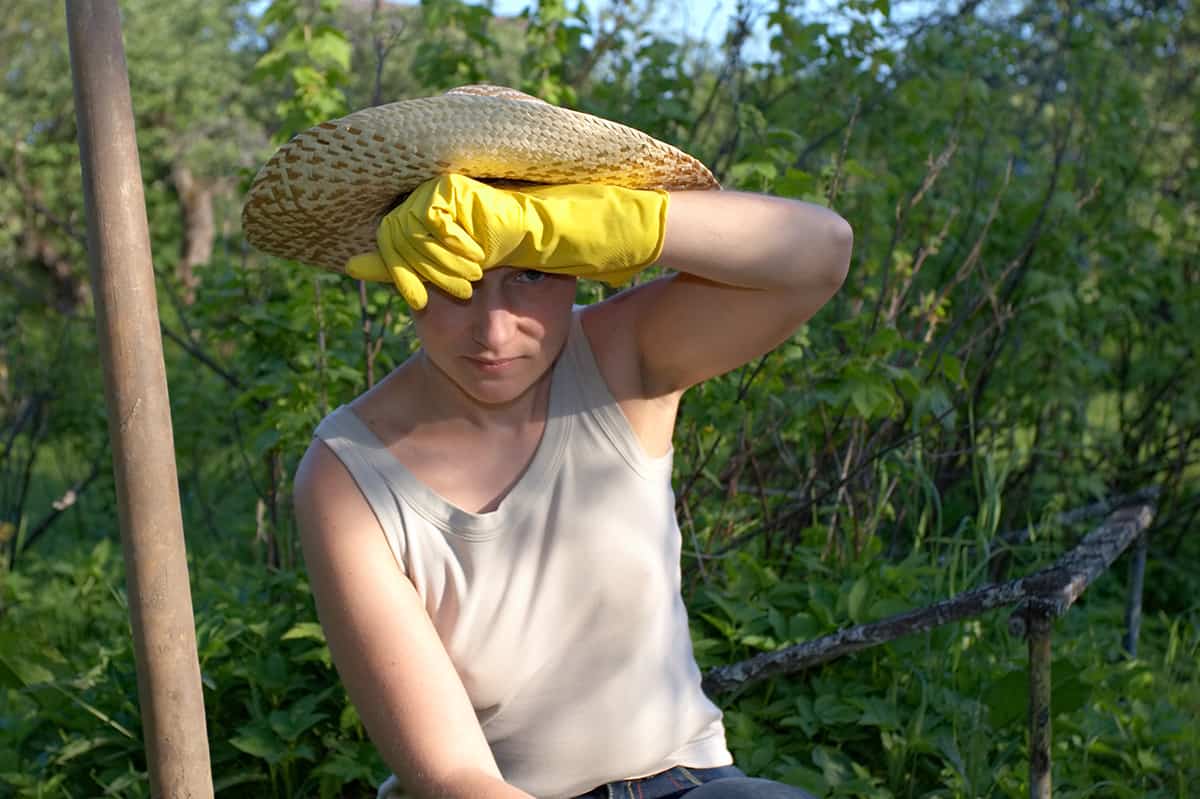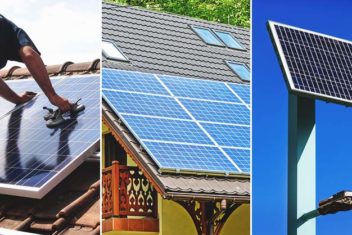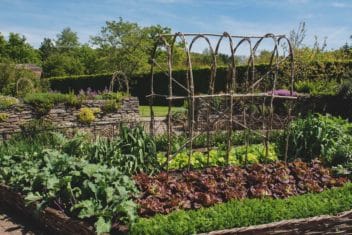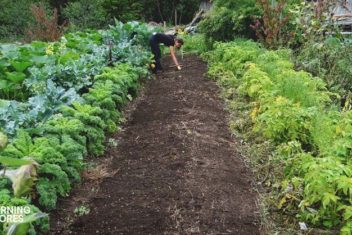Too often, I see people telling others that they need to live the simple life and start homesteading without knowing the reality of homesteading. The “simple” life isn’t always so simple, and it shouldn’t be romanticized.
Modern society is built around convenience, but homesteading cuts out a lot of those. The result is often higher quality food and products created at your home, but it takes hours upon hours.
Before you dive off of the deep end and buy acres of land to start homesteading, check out the reality of homesteading from a suburban homesteader’s perspective.
What is The Reality of Homesteading?
I used to dream about buying a plot of land in the middle of nowhere and growing or raising all of my family’s food. While I still have a similar dream, I have a better understanding of the work that entails and the practicality of it.
For the last five years, my husband and I have spent time building up a small suburban homestead, and each year, we continue to add more. Over the course of this time, we learned a variety of lessons.
The most important lesson is that the “simple” homesteading life takes a lot of work.
When people envision the simple life, they rarely think of the work that it takes to get there. The reality of homesteading is that it takes a lot of work and cuts out many convenience factors that we enjoy as a society.
An example is a simple can of green beans.
We love green beans in our family, especially green bean casserole. Most people go to the store and buy cans of green beans for $1 or less, and then they toss all of the ingredients together.
Our family is different.
My husband built raised beds to grow those green beans. I soaked the seeds, planted them, pulled weeds, and spent time harvesting them. We snapped green beans until I felt like my fingers would fall off and spent hours pressure canning pints of beans.
Then, I made my casserole dish. The difference is that I spent a lot of time to create cans of green beans rather than buying them.
Don’t get me wrong; we love this lifestyle, but when we romanticize the idea of living simply and living off of the land, you have to understand the amount of work that goes into it.
Seriously – The Work Doesn’t End
As we added more animals and grew more food, I realized that the work truly doesn’t end. There is always something that needs to be done, even when eight inches of snow falls in the dead of winter.
- Eggs need to be collected at least two times per day in the winter, especially as the temperatures dip. Water in the coop freezes and needs to be broken up several times per day.
- Livestock must be fed, water, and tended to each day.
- Animals get sick or injured, and you need to understand how to help them or how to find a vet that can
- You must tend gardens each day, and if you have a large garden, that takes time.
- Preserving food takes hours of hard work. It’s a reality of homesteading that I didn’t realize; those pretty jars take a lot of time.
- Making meals from scratch takes time.
Let’s not forget that normal, daily tasks need to continue as well. Dishes and clothes must be washed, kids need to be educated, adults need to work, and life has to continue.
Do you truly have time to add more tasks to your plate? If you hesitate to answer, now might not be the time to raise any animals that need you to survive. Wait until you have more time available.
Why Do We Romanticize Homesteading?
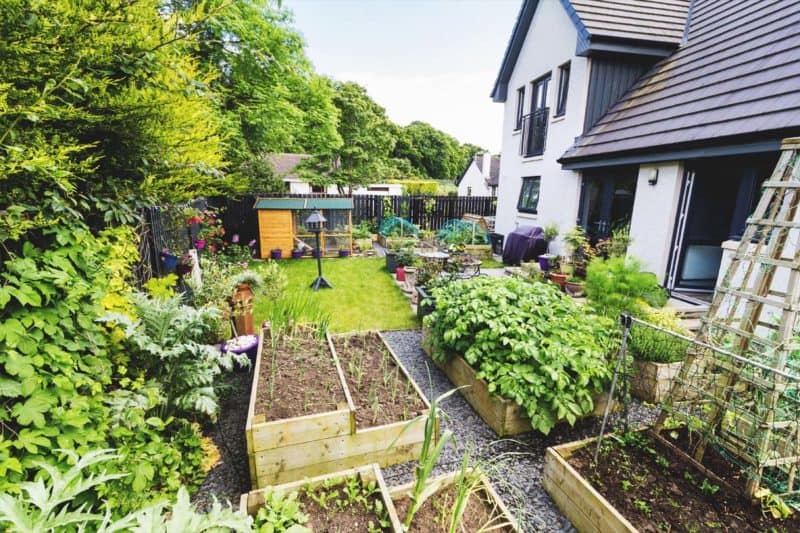
Have you ever wondered why so many people are turning to homesteading or the simple life more than ever before?
The pandemic pushed things into motion more, but the movement began well over a decade or two ago. People became disenfranchised with modern society and the push to be busy all of the time. Modern societies encourage everyone, including families, to be as busy as possible.
Being busy is thought to mean your life is more worthwhile, but you miss out on so much of life filling your schedule and calendar.
In recent years, people started to realize what companies put into our food, and the movement to start growing your food at home increased. Once you have a large garden, it’s not a huge stretch to add a few chickens, ducks, or bees.
Before you know it, you have more animals than humans in your house, and you’re milking goats in your shed.
Trust me; things change rapidly, and it becomes an addiction. You start wondering how much work it would take to raise sheep to spin yarn to make gloves.
All of this sounds great, and if you have the time, go for it, but in a society that tells us to fill our schedule, how much time do you really have?
5 Things We Learned About The Simple Life
If you’re considering making the switch to homesteading, I want to share some of my experiences and lessons that we learned along the way.
1. Even Easy Things Are Hard Sometimes
Homesteading brings a lot of projects like building garden beds, chicken coops, sheds, and a lot of other possibilities. Sometimes, even things that we think are easy end up being harder than we imagined.
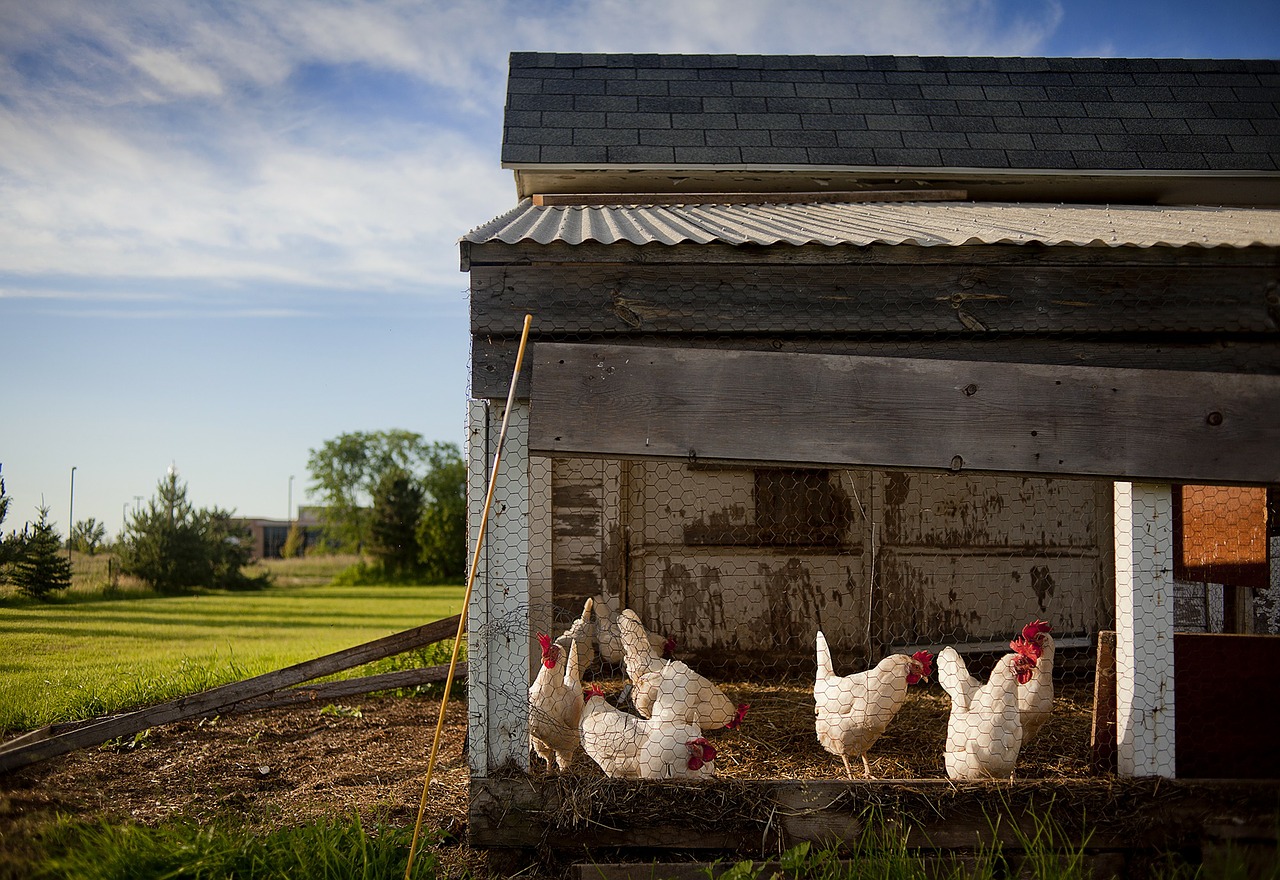
The first time that we built a chicken coop, we thought it would be a project that only took a day or two. A week later, the project ended, and we swore we would never do it again.
This summer, we did it again, but it ended up being a lot easier than our first experience.
Most projects that we worked on ended up being more complicated than expected, and that’s frustrating at times.
2. Start Small – Seriously
If you decide that you want to start homesteading, don’t jump in with your whole body – dip your toes instead.
We made a huge mistake and built a massive first garden. I never gardened before, so I had no understanding of the amount of work it takes to maintain a garden. I never preserved food before, but I expected to have shelves full of canned food.
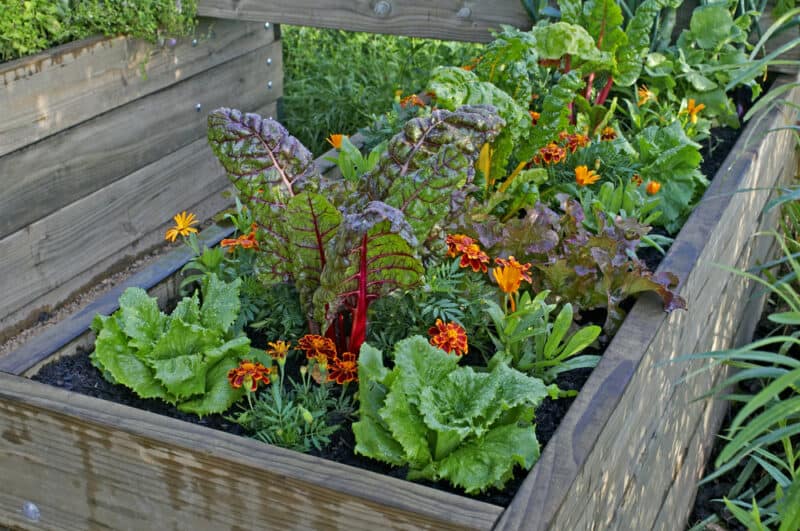
Start small with everything. Don’t buy 40 chickens and expect things to go smoothly. Start small and add as you feel confident with your knowledge and ability.
3. Sometimes, The Quality Doesn’t Match
We go into homesteading with the belief that everything will be of higher quality than what we find at the stores. The quality might be higher, but learning to eat homegrown food is an adjustment.
If you have older kids who are used to store-bought food, the switch is even harder.
My favorite example is chicken. We raise and butcher meat birds in the summer; we raise Cornish Cross chickens and love the process. However, they taste different than the meat that you find at the grocery store.
Different isn’t a bad thing, but it does require an adjustment period. Also, when your family raises and butchers animals for the first time, know that it feels weird at first to eat them.
4. It’s Trial and Error All The Time
Homesteading is forever a learning process. Each year, you take what you learned the previous year and make it better. The number of times that we have messed up is more than I can count, but each mess-up leads to something better.
5. Making Homesteading a Full-Time Job is Hard
I only know one family who manages to make homesteading a full-time income. They do so by selling meat and dairy products to farm share members, speaking at conferences, and writing books and publications.
The reality of homesteading is that doing this as a full-time job is hard. For example, some homesteaders have blogs or YouTube channels to make income. Others sell books or what they make from their homestead as side hustles.
Chances are you will need to either find a work-from-home gig or maintain your 9-5 job while homesteading.
Know What You Are Getting Into
Don’t buy into the romanticized version of homesteading. The reality of homesteading is that it takes a lot of work. That doesn’t mean it’s bad or that you shouldn’t give it a try. It means that you need to take a serious look at your time requirements before making such a big lifestyle change.
